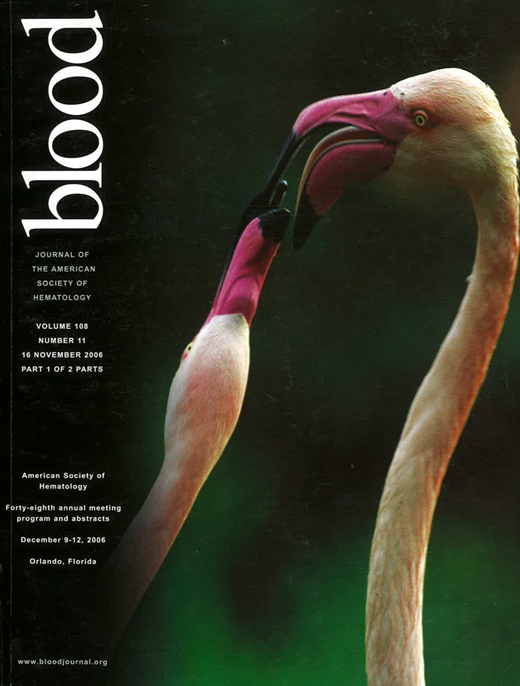Abstract
Vascular endothelial growth factor (VEGF) is known to play a pivotal role in solid tumor angiogenesis, but its role in hematological cancers is less well established. Recent data have shown that subsets of acute leukemias express aberrant VEGF receptors (VEGFR) and rely on both autocrine and paracrine VEGF-VEGFR mechanisms for proliferation, migration, and extramedullary disease. We evaluated the efficacy of a soluble decoy receptor for VEGF-A (VEGF-TRAP, provided through collaboration with CTEP and Sanofi-Aventis/Regeneron Pharmaceuticals) in xenografts of human acute myeloid leukemia (AML) established in SCID mice. All three AML cell lines (ML-2, HEL, HL60/tVCR) used in these studies expressed VEGF isoforms and VEGFR by RT-PCR. The HL60/tVCR line has previously been shown to express Pgp glycoprotein conferring resistance to multiple chemotherapy agents. Mice bearing subcutaneous leukemia xenografts were treated with PBS (vehicle control) or VEGF-TRAP (5 or 25 mg/kg) twice a week for three weeks (for a total of six doses). We found that VEGF-TRAP therapy consistently reduced leukemia tumor volumes by an average of 76–93% versus controls in all three xenograft models. VEGF-TRAP treated tumors were visibly less vascular than control tumors and demonstrated large necrotic areas with only small islands of viable cells by immunohistochemistry. In vivo administration of VEGF-TRAP, which binds VEGF secreted both by tumor (human) and host (murine) cells, was significantly more effective in reducing leukemia tumor volumes (87%) than anti-human VEGF antibody (bevacizumab (Avastin)) treatment (5 mg/kg three times per week) (68% tumor reduction, p<0.05). Moreover, mice treated with VEGF-TRAP also demonstrated a marked elevation of murine VEGF levels (up to thousand fold higher than control or Avastin-treated animals), which persisted over the duration of therapy despite much smaller overall tumor volumes. These data show that the in vivo anti-VEGF effects mediated by VEGF-TRAP may result in significant feedback response loops in the host microenvironment as well as potential direct effects on tumor cells. Additional experiments investigating the effects of VEGF-TRAP in systemic leukemia mouse models are ongoing. Because VEGF-TRAP treatment alone was not curative, we further examined the effects of combination VEGF-TRAP and chemotherapy (cytarabine or doxorubicin) treatment on subcutaneous leukemia xenograft growth. Data in HL60/tVCR and ML-2 mouse models suggest a potential additive effect with concomitant VEGF-TRAP and doxorubicin (3 mg/kg 2x/week) therapy but not concomitant VEGF-TRAP and cytarabine (2.0 mg 5x/week) therapy.
CONCLUSIONS: These preclinical data demonstrate the potent in vivo tumor activity of VEGF-TRAP, a novel VEGF inhibitor, in AML. Our results support further clinical development of this agent in acute myeloid leukemia, particularly in combination with anthracycline chemotherapy.
Disclosure: No relevant conflicts of interest to declare.
Author notes
Corresponding author

